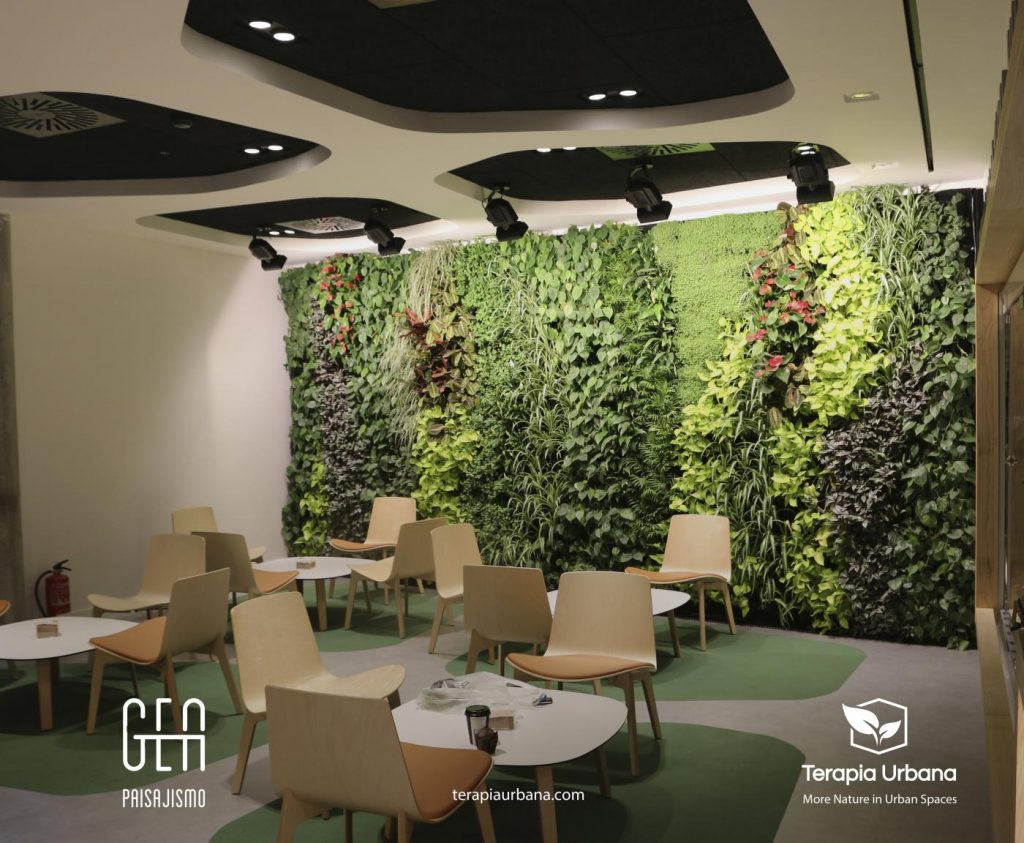In 1982, the WHO defined Sick Building Syndrome as a
set of discomforts and diseases caused by poor ventilation, temperature imbalance, ionic and electromagnetic charges. It also considers suspended particles, gases and vapors of chemical origin, and bioaerosols, among other causative agents. These produce a set of symptoms in at least 20% of the inhabitants without their causes being well defined.
Risk factors – Sick Building Syndrome
The National Institute of Safety and Hygiene at Work (I.N.S.H.T) determined the risk factors that can be considered in the case of a sick building.
Thus, reference was made to both chemical contaminants and biological environmental agents. The most significant pollutants are carbon dioxide, carbon monoxide, aldehydes, nitrogen oxygen, metals and organic vapours.
People themselves are a source of pollution since we naturally produce carbon dioxide, water vapor and biological particles and aerosols, in addition to producing other pollutants such as tobacco smoke, with more than 3,000 compounds.
Other items such as building materials contain formaldehyde, organic vapors, and dust; Work or cleaning materials also contribute pollutants, such as photocopiers, which release ozone.
Biological contaminants such as bacteria, viruses, fungi, mites, etc. also cause infectious diseases and allergies.
- Odours: Gases and vapors that cause discomfort and stress.
- Ions: The absence of negative ions in a closed environment can be the origin of a Sick Building.
- Lighting: Low lighting or glare causes visual stress, eye irritation and headaches.
- Noise: Reduces concentration, increases stress and causes headaches and fatigue. Infrasound, low-frequency noise, pure tones, and non-periodic discontinuous noise cause discomfort. Low-frequency vibrations from building machines can also cause irritability.
- Thermal environment: dry environment, low humidity, average radiant temperature and air speed. The correct thing would be an adequate balance between all these factors.

